The upcoming classical World Chess Championship match will pit world No. 2 Ian Nepomniachtchi against world No. 3 Ding Liren to determine the successor of Magnus Carlsen, who, despite a decade of dominance in competitive chess, decided to give up his title rather than go for a sixth successive win.
This adds a lot of intrigue to the matchup, albeit with the caveat that there is an even better player lurking out there than the two competitors, one of whom will be crowned as the next holder of the title that can be traced back all the way to the late nineteenth century.
Related: 2023 World Chess Championship game one recap
What is the schedule of the 2023 World Chess Championship?
The 2023 classical World Chess Championship match between Ian Nepomniachtchi and Ding Liren will take place in Astana, Kazakhstan’s capital, between April 7 and May 1.
FIDE explained the decision to choose Kazakhstan over Mexico and China in the event’s official announcement post on Jan. 19, also pointing to the Asian nation’s recent successful hosting of the World Rapid and Blitz championship, which Carlsen won.
“Argentina was the other main contender to host the FIDE World Chess Championship match, while Mexico and China also expressed an interest,” FIDE said. “However, given the nationality of the contenders, the bid received from Kazakhstan’s capital had obvious advantages due to its geographical situation and its track record of hosting world chess events, and was the option preferred by the FIDE Council.”
World Chess Championship 2023 daily schedule
Here is the specific breakdown of the daily schedule for the tournament, with the player wielding the White pieces named after the relevant day. If a player reaches 7.5 points before all games are played out, the rest simply won’t take place, and the closing ceremony will either happen on the same day as the last game or the day after. If the match is tied after the 14 classical games, then a tiebreaker with faster time controls will follow.
- April 7: Opening ceremony
- April 8: Media day
- April 9: Game one (Nepomniachtchi plays with the White pieces)
- April 10: Game two (Ding plays with the White pieces)
- April 11: Rest day
- April 12: Game three (Nepo)
- April 13: Game four (Ding)
- April 14: Rest day
- April 15: Game five (Nepo)
- April 16: Game six (Ding)
- April 17: Rest day
- April 18: Game seven (Nepo)
- April 19: Rest day
- April 20: Game eight (Ding)
- April 21: Game nine (Nepo)
- April 22: Rest day
- April 23: Game 10 (Ding)
- April 24: Game 11 (Nepo)
- April 25: Rest day
- April 26: Game 12 (Ding)
- April 27: Game 13 (Nepo)
- April 28: Rest day
- April 29: Game 14 (Ding)
- April 30: Closing ceremony (or tiebreaks, if needed)
- May 1: Alternative date for closing ceremony in case the match goes to tiebreaks
2023 World Chess Championship: standings and results
Match score: Ian Nepomniachtchi 7-7* Ding Liren
2023 World Chess Championship game results and recaps
- Game one: Ian Nepomniachtchi 1/2-1/2 Ding Liren
The 2023 World Chess Championship began with an unexpected sideline in the Ruy Lopez, where Nepomniachtchi retreated his bishop to the a4 square as usual, before going back and taking the c6 knight anyway on move six. By move twelve, the players were in brand new territory, and while Nepo continued to gain incremental advantages, but despite the successful queen infiltration and Ding’s queenside pawn weakness, the game eventually fizzled out to a draw.

- Game two: Ding Liren 0-1 Ian Nepomniachtchi
This was the first win with the Black pieces in a classical world chess championship match since 2014, and it marked the beginning of a knife fight. Unlike the many drawn-out, super-precise games featuring Magnus Carlsen’s world championship matches, this one was going to be a brawl.
Ding Liren sprung a surprise as early as move four, with 4. h3?! serving as an interesting delaying tactic in an Anti-Nimzo-Indian line. However, the Chinese grandmaster misjudged the imbalanced position that emerged after 12. gxf6 and Nepo quickly unleashed a devastating sacrificial attack to score a memorable victory.

- Game three: Ian Nepomniachtchi 1/2-1/2 Ding Liren
Another opening surprise followed with Nepomniachtchi opting for 1. d4 instead of his usual 1. e4, prompting Ding to steer clear from the Nimzo-Indian. After a tense positional struggle, the players opted to repeat moves instead of going for a massive set of exchanges, settling for a draw as early as move 30.

- Game four: Ding Liren 1-0 Ian Nepomniachtchi
An interesting line in the English Opening granted Ding a strong center and a pleasant position, but one where his strong central collection of pawns only posed difficult but manageable problems to Nepo, at least according to the engine.

However, just as it seemed like the Russian grandmaster found his way through the labyrinth of complications with a fortress-like setup on the horizon, he severely misjudged a potential exchange sacrifice, allowing Ding to break through and steamroll his way to victory with the central pawns, scoring a vital victory before the second rest day.
- Game five: Ian Nepomniachtchi 1-0 Ding Liren
Once more, the players explored the depths of the Ruy Lopez opening, with perhaps the most strategic and positional start to a game in this match so far. What was most notable was just how deep Nepomniachtchi’s preparation went: the Russian grandmaster blitzed out the first twenty-six(!) moves almost instantly, and a single misstep from Ding was enough for him to transform his setup into a brutal attacking force, securing one of the most memorable victories of his life according to fellow expert players.

- Game six: Ding Liren 1-0 Ian Nepomniachtchi
Fans and experts alike continued to experience surprise after surprise following the match, with the London System making its first-ever appearance as an opening in a world chess championship bout. The system is a well-known and much-maligned setup at lower levels of play, offering consistent but seemingly simple starts for White, mostly leading to slow and strategic positions.
Ding chose the system knowing full well that it was also occasionally employed by Magnus Carlsen, meaning it was something Nepomniacthchi had also extensively studied for his match preparation in Dubai. Still, it was the sort of maneuvering game that was much closer to Ding’s style than his opponent’s, and it has proved to be the right choice.

A slow and steady accumulation of positional gains and piece activity eventually culminated in an incredible checkmating pattern that baffled the viewers and commentators alike, with Ding spotting a stellar sequence. It was a finish with a flourish, but Nepomniachtchi resigned with a smile instead of letting it transpire on the board, which meant that the players were once again on level pegging as they headed into the next rest day.
- Game seven: Ian Nepomniachtchi 1-0 Ding Liren
A long, labyrinthine tactical struggle turned into one of the biggest shocks in Worth Chess Championship history. Ding surprised fans by opting for the French Defense, and even though he did navigate his way to a technically even position in the Tarrasch Variation, the tactical complexities were off the charts as he had to very carefully navigate his way through Nepomniachtchi’s monstrous attacking threats, eventually having to sacrifice the exchange to keep the position stable.

It required a string of perfect moves, but the Chinese grandmaster did such a good job battling through the complexities that he emerged from the mess with a small but stable advantage despite the material deficit. But just when it seemed like he was out of the dark, he dropped deep into the night, seemingly freezing over the board just as the position got clearer, running down his time and failing to make a move until he had just 45 seconds left, with still eight moves to go until time control. With back-to-back blunders to follow, he essentially gifted the full point to Nepominachtchi, who once again took the lead in the match.
- Game eight: Ding Liren 1/2-1/2 Ian Nepomniachtchi
The heavyweight bout continued in exciting fashion after the rest day as neither player was willing to give an inch or to settle for an easy draw. Nepo opted for the Nimzo-Indian against Ding’s typical 1. d4, but he was entirely unprepared for the shocking novelty of 9. Ra2 and the ensuing complications. Eagle-eyed players tracking the match online were also able to track down a few throwaway accounts of Ding Liren and his seconds just based on the presence of this unique move.

The pressure continued to mount as the position kept on getting sharper, with Ding forever threatening to swing that rook from a2 to h2, launching a direct attack on Black’s king. This threat, coupled with the advancing passed d-pawn, granted him a game-winning advantage, until Nepomniachtchi’s bluff-slash-miscalculation in time trouble suggested that a draw by perpetual check is on the cards if Ding takes the undefended rook on d8.
Shockingly, the Chinese grandmaster believed his opponent, then proceeded to miss another straightforward way to convert his advantage, allowing Nepomniachtchi to clinch a draw after a piece sacrifice, maintaining his edge in the match.
- Game nine: Ian Nepomniachtchi 1/2-1/2 Ding Liren
After the explosive affairs of games seven and eight, the ninth one in the series continued with the high-octane action, even in an opening that is otherwise known for slow, maneuvering games. It was the infamous Berlin Defense in the Ruy Lopez, but the action heated up after just seventeen moves, where a slightly passive move by Ding allowed Nepo to unleash a massive attack on the Black king, threatening many sacrifices and devastating breakthroughs, a line that was deemed a tad imprecise by the computer, but one that posed tons of practical threats in the position.

Still, Ding Liren defended admirably and maintained equality, battling it out for many hours in a grueling endgame to prove that the position is equal. In the end, it was Nepomniachtchi who was left slightly frustrated with the outcome.
- Game 10: Ding Liren 1/2-1/2 Ian Nepomniachtchi
It was perhaps the quietest game in the championship match so far, arguably influenced by the marathon matchup from the day before. Nepomniachtchi maintained his lead, comfortably extinguishing one of Ding’s remaining games with the White pieces, and he now only needs two points from the four games left to clinch the title.

The Chinese Grandmaster wasn’t able to complicate matters from the English Opening, and the players steered the game to a relatively straightforward rook endgame, with a quick draw to follow.
- Game 11: Ian Nepomniachtchi 1/2-1/2 Ding Liren
With the match inching ever closer to the final classical game, Nepo has more and more incentives to keep things simple and protect his lead. Perhaps this is part of why he chose a fairly mainline and unambitious avenue in the Ruy Lopez, honing in on the d5 square in the same vein he did in the fifth round. But the minor differences in the ensuing position led to equality instead of an advantage for White.

Though there was potential for some dynamic play at certain avenues, it didn’t emerge in the game. Soon after getting out of theory, Nepo’s decision to play 19. dxc4 instead of Qe2 led to a mass exchange of pieces, leaving the players in yet another straightforward rook endgame and a draw after just 39 moves. Had he chosen the queen move, unpinning his e3 knight in the process, he could have maintained more material on the board and potentially even set up an attack after the interesting idea of fxe3, opening up the file instead of the safer recapture. It seems like the Russian preferred to maintain the status quo in light of the match situation, much like how he was able to steer things to draws in the Candidates Tournament after securing a large lead over the competition.
The clock times tell the rest of the story: Nepomniachtchi had an hour and 20 minutes to spare after the handshake, and Liren also had an hour remaining, showing how this game was more about energy conservation than the previous titanic head-to-head battles.
- Game 12: Ding Liren 1-0 Ian Nepomniachtchi
The twelfth game of the 2023 World Chess Championship was one of the most chaotic affairs ever seen at the highest levels of play, as Ding’s desperate attempts to generate tactical complexities gave Nepomniachtchi a significant edge, only for the Russian to miss his chances and make an inexplicable blunder, giving his opponent a full point and setting up a nailbiter of a finish for the match.
Ding risked his title chances on the rarely-seen Colle System, the opening responsible for one of Carlsen’s rare world championship losses. Just like in the second game of the match, Nepomniachtchi willingly doubled his pawns on the f-file to generate counterplay and try to play for a crushing win with the Black pieces, and after 19. Bc2, he was clearly in the driver’s seat, slowly squeezing away White’s counterplay move after move.

However, tension-filled affairs like this bring both the best and the worst out of people, and at this critical juncture, Nepo’s tendency to play unnecessarily quickly has resurfaced again, and he dropped his advantage after a flurry of mutual inaccuracies. Grandmaster and 2018 world chess championship challenger Fabiano Caruana was very critical of this passage of play, stating that “the players have turned off their desire to calculate,” adding that “they are playing as if it’s a thirty-second game.”
Things went from bad to worse for Nepomniachtchi, who made an inexplicable blunder soon thereafter in the form of 29. – f5, allowing Ding a lifeline in the match as he quickly and confidently played out the winning continuation. With the series back at an even keel with just two games to go, it was clear that things were coming down to the wire.
- Game 13: Ian Nepomniachtchi 1/2-1/2 Ding Liren
The Russian’s last opportunity to snatch the full point with the White pieces led to an exciting affair but provided little in terms of hope for the Russian’s fans. This time, Nepomniachtchi didn’t get an advantage out of the Ruy Lopez and he was actually a little bit behind in the emerging dynamic position.

Even though Nepo’s ultimately emerged with a rook for a minor piece and a pawn in the endgame, the array of bishops and the dangerous passed pawn on Black’s side prompted a draw by repetition on move 40, setting up a climactic final game with a potential for tiebreakers to follow.
- Game 14: Ding Liren 1/2-1/2 Ian Nepomniachtchi
The players entered the final classical game of the match with an even score and the momentum firmly behind Ding’s back, even if Nepo was the one who kept finding and missing winning chances in recent games. Wielding the White pieces, he had a small advantage heading into the matchup, however, much like Nepomniachtchi in the previous game, the Chinese grandmaster was the one on the back foot, only for his opponent to once again go too fast in a critical moment, leaving a difficult but holdable endgame behind.

Playing into Nepo’s Nimzo-Indian prep, something Ding was unwilling to do in the early portions of the match, a sharp position emerged instead of the calm draw some had expected before the game. After the queens were taken off, Nepo built on the ensuing small structural advantage, and after Ding’s minor misstep on move 34, it seemed like he may pull off a shock win to snatch the title. However, his advantage slipped three moves later, and despite his resourceful efforts, Ding’s strong defense held firm.
With the world championship title on the line, the struggle continued well into the sixth hour of the game. Even as the computers showed that the position was drawn, there were still many tricks and ideas to keep in mind in the deceptively devious rook endgame.
After a monstrously long struggle, Ding Liren managed to hold the position and push the world championship match to rapid tiebreakers, the topsy-turvy match of two excellent yet flawed competitors fighting to succeed Magnus Carlsen.
Tiebreakers: Ding Liren 2.5-1.5 Ian Nepomniachtchi
After three draws, Ding Liren triumphed with the Black pieces to secure the world chess championship title, defeating Nepomniachtchi after three comebacks in the classical portion of the match. This time, three close-fought draws preceded the breakthrough, as Nepo took a less-than-ideal line in the Ruy Lopez and got into a tough endgame. Though the computer considered it holdable, stopping two passed pawns on the clear queenside while down a pawn was a monstrous task with just a few minutes on the clock, one that proved too difficult for the Russian.

Still, Ding missed his first chance to convert his literal golden opportunity, letting his opponent back in the game with a series of imprecise moves after running low on the clock, but 59. Qc7?? proved to be the championship-deciding blunder, keeping a losing game alive instead of going for a bishop sacrifice and perpetual check. On move 68, it was clear that the last remaining pawn was unstoppable, and Nepomniachtchi resigned, losing a second classical world chess championship final, this time by the narrowest of margins.
2023 World Chess Championship format and storylines
What is the format of the 2023 World Chess Championship?
The event will feature 14 classical games, with the players going back and forth between the black and white pieces, with rapid tiebreakers to follow if needed. The time format is 120 minutes for the first 40 moves, 60 for the next 20, and 15 minutes for the remainder of the game, with 30 seconds of increment added per move—this is identical to the previous world chess championship match, which was played between Carlsen and Nepomniachtchi in 2021 in Dubai.
Who are the players in the 2023 World Chess Championship?
Ian Nepomniachtchi made history by winning back-to-back Candidates Tournaments to earn himself the right to challenge for the title again, with Ding Liren finishing in second place at the event. With Carlsen’s withdrawal, this runner-up finish rewarded him with the other spot in this prestigious match.
Both players are reliably in the top 10 of the world rankings, and they have clashed with each other on multiple occasions over the course of their careers. Nepomniachtchi has a slight edge over their lifetime results, with three wins, eight draws, and two losses in classical time control and 13 wins to nine losses and 17 draws in rapid, blitz, and exhibition matches.
2023 World Chess Championship prize pool
Beyond the prestige, there are 2 million euros on the line, with the winner earning 60 percent of the prize pool. The winner will take up the mantle of legends like Steinitz, Lasker, Capablanka, Alekhine, Botvinnik, and more in a title whose lineage can be traced back all the way to 1886.
Why is Magnus Carlsen not playing in the world chess championship match?
Magnus Carlsen has been the world chess champion since 2013 and he is considered to be one of the best chess players of all time, with the highest-ever Elo rating reached by a human and over 10 years spent on top of the worldwide ratings leaderboard. He has successfully defended his title on four occasions, defeating Viswanathan Anand, Sergey Karjakin, Fabiano Caruana, and returning challenger Ian Nepomniachtchi.
“As many know, I was in Madrid for the conclusion of the Candidates Tournament. After the conclusion I did agree to meet with Dvorkovich and Sutovsky from FIDE to talk a little bit. I did not have any demands or suggestions for that meeting. They did have a couple of suggestions, but the gist of it was that I was there to tell them that I would not defend my title in the next World Championship match, and we had a small discussion. They had some suggestions, some of them I liked, some of them I did not.
It’s more than nine years since the Candidates. It’s hard to say, I don’t think I had any other goals than to win it once. Then I thought I’ll try and keep it as long as I’m motivated, that’s fine. To be honest, in 2016 I was not very motivated. I feel like I mostly played that match because other people sort of relied on it, expected me to, which was fine, it was not their fault, it was all on me for feeling that responsibility.”
Carlsen continues to compete in elite-level chess levels and shows no signs of showing down, and it is possible that he will return to reclaim this crown if format changes are announced. But the chess world can’t stop and won’t even wait for him—and soon, we will know the identity of his successor.


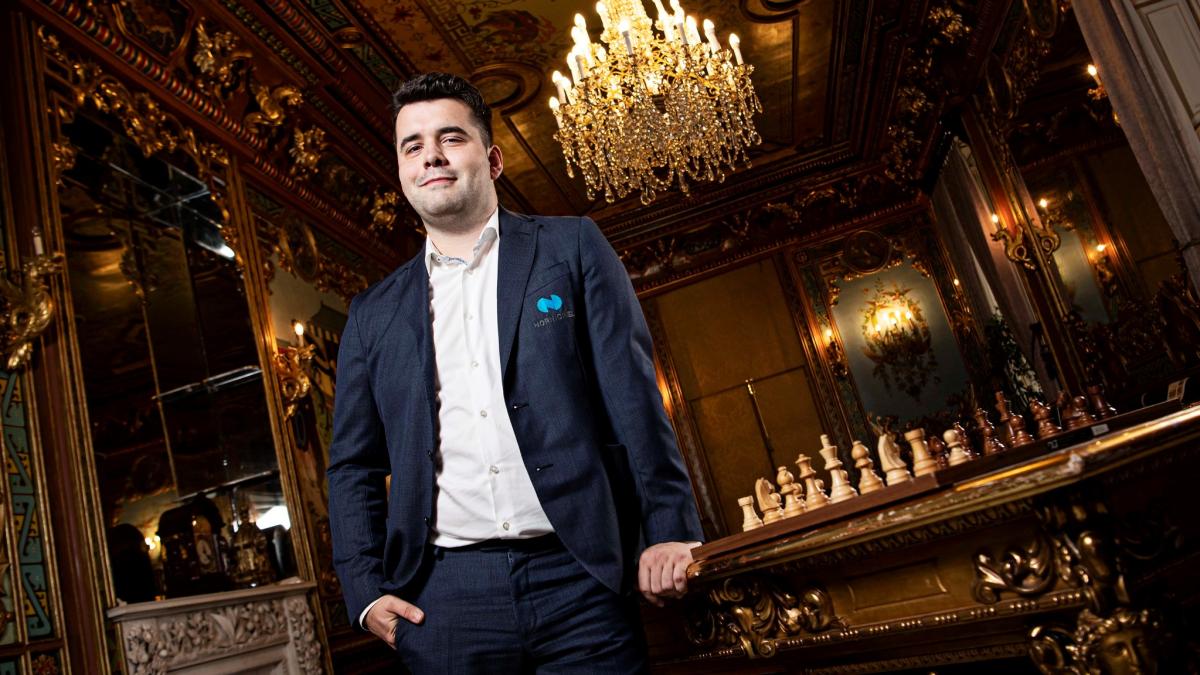
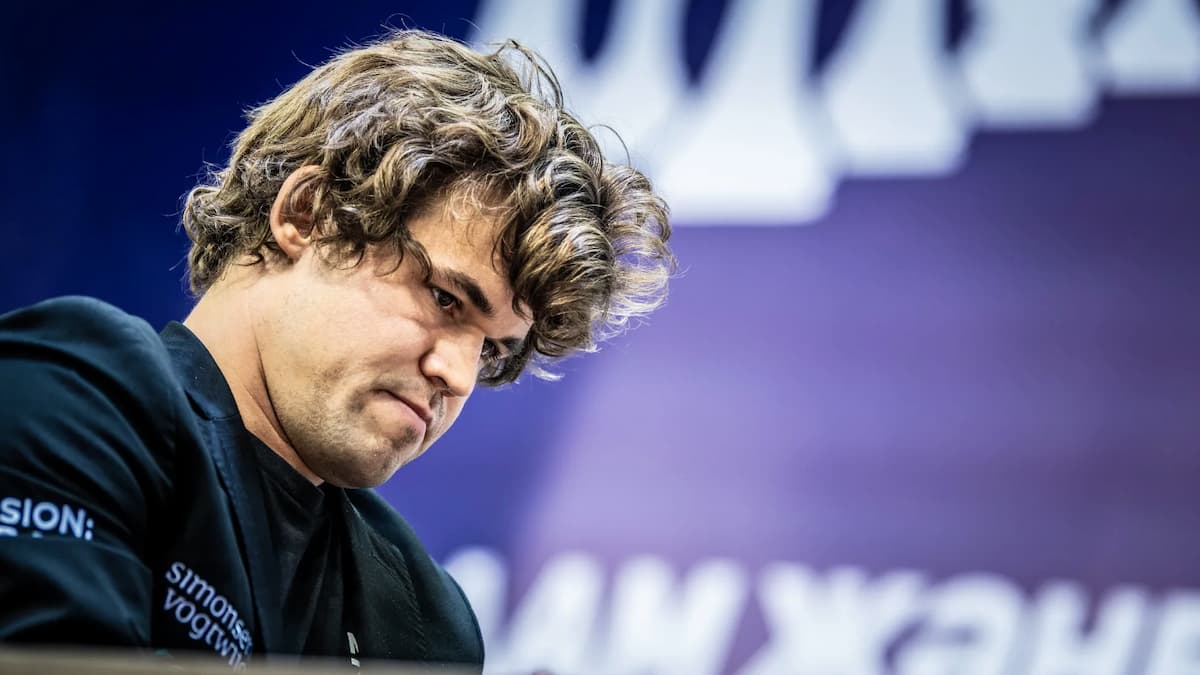
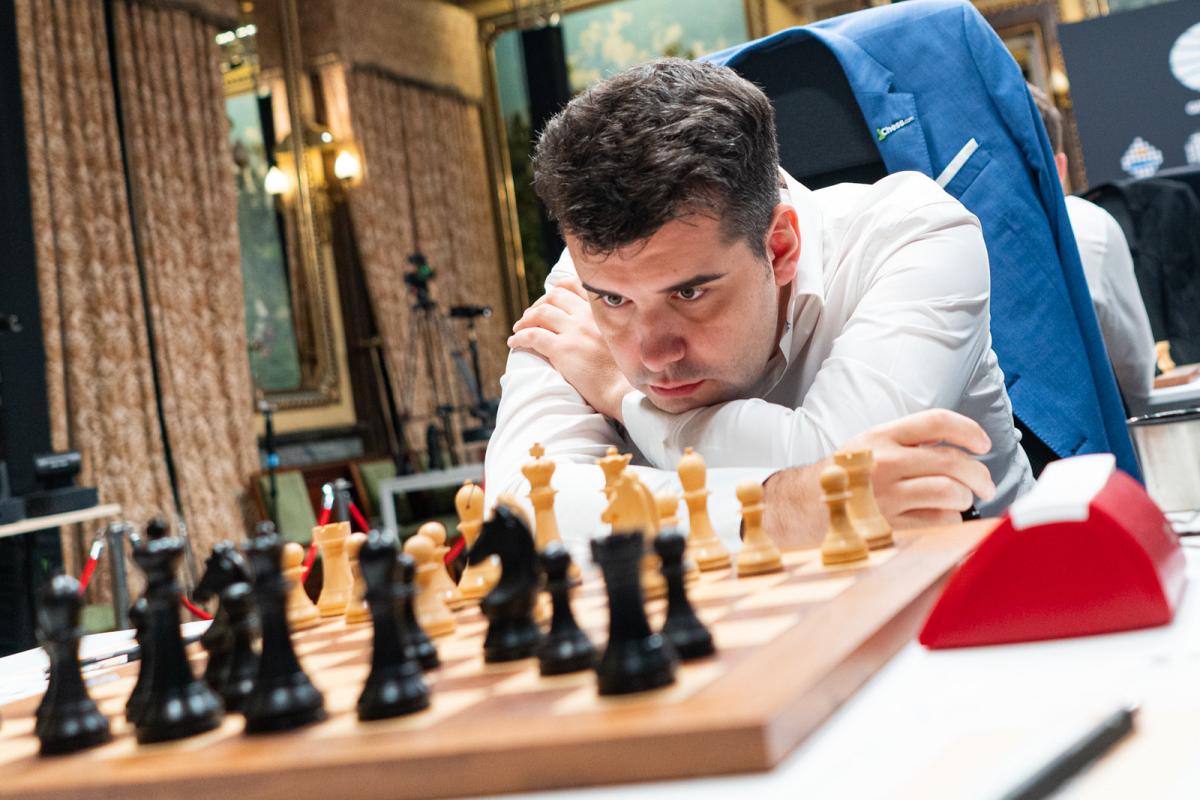
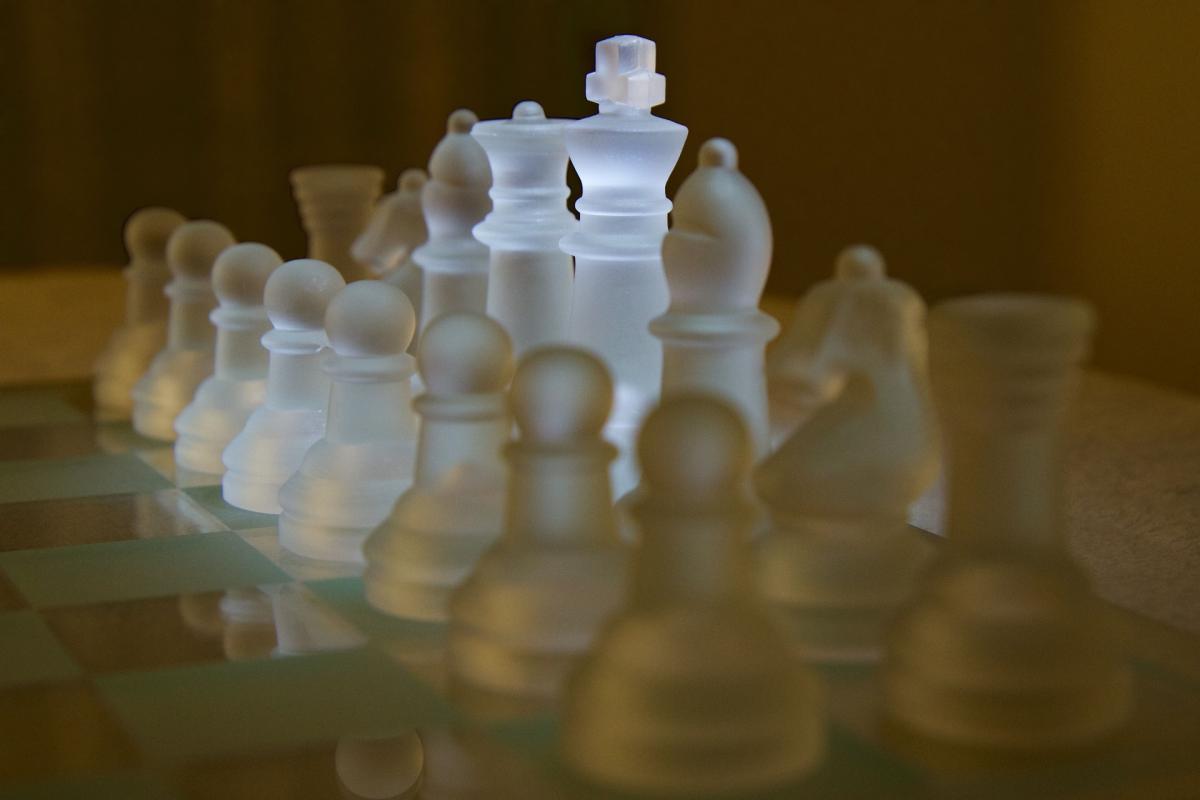
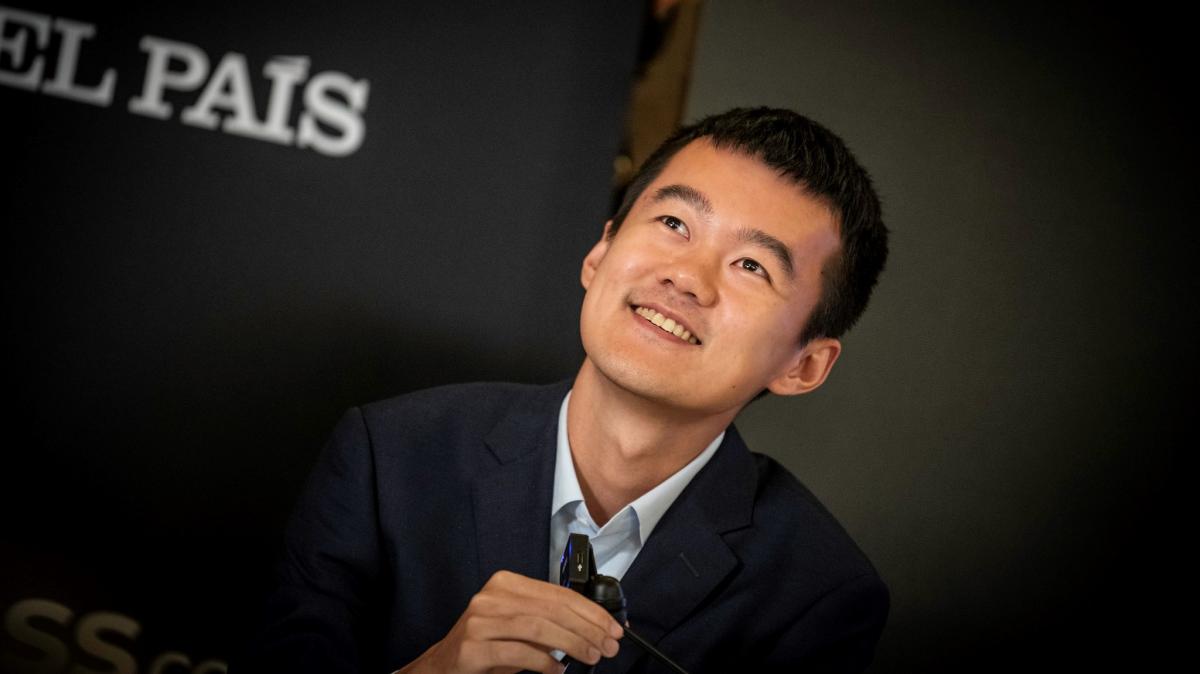
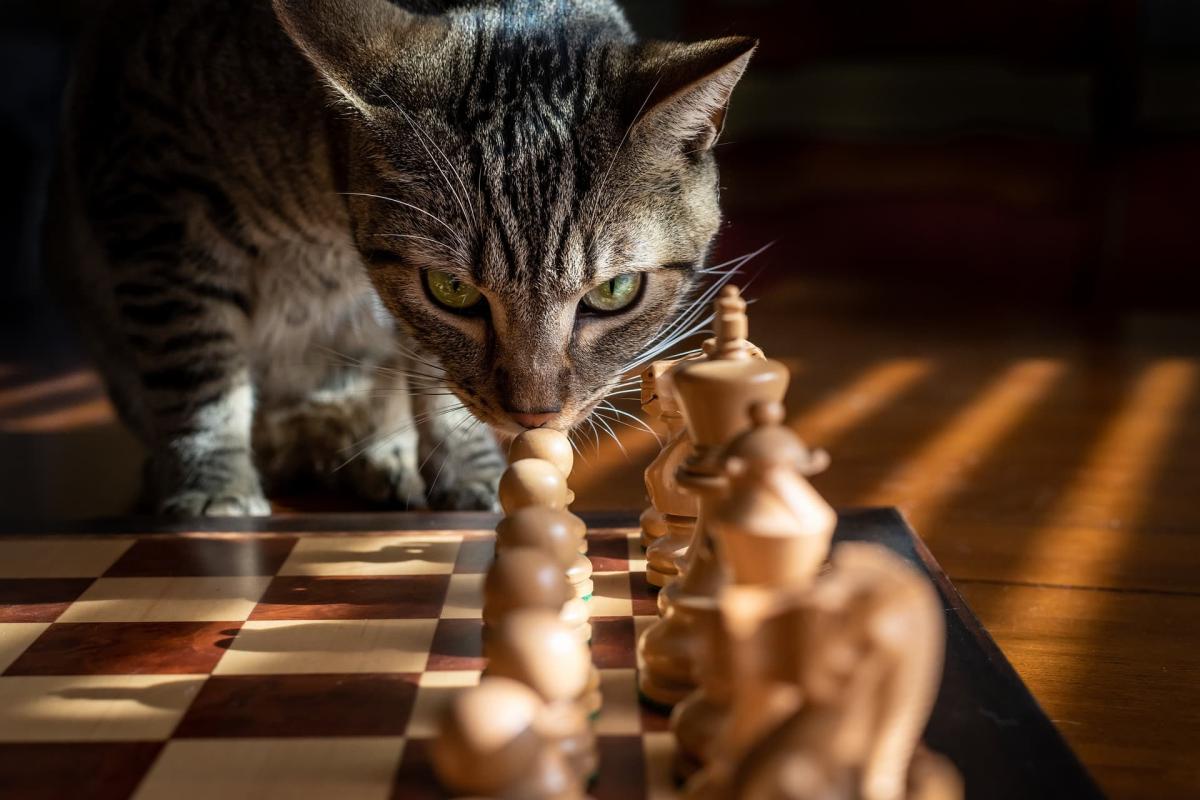
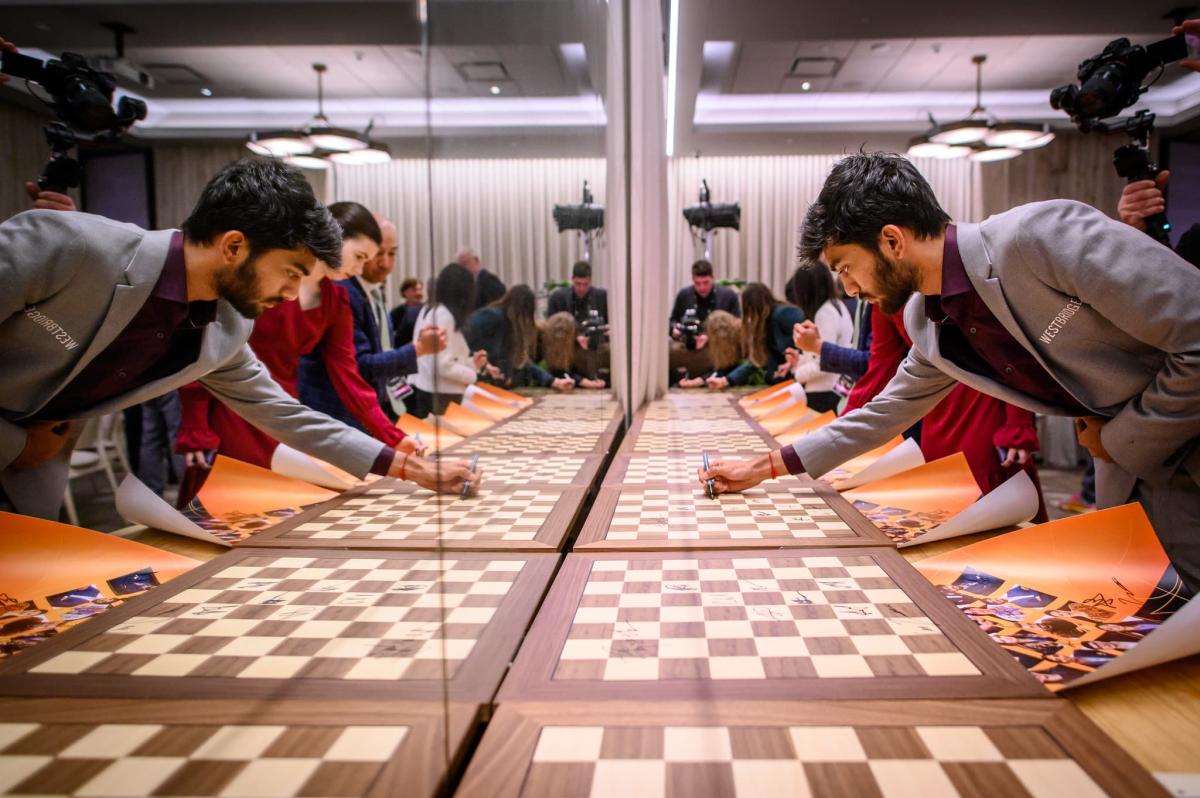
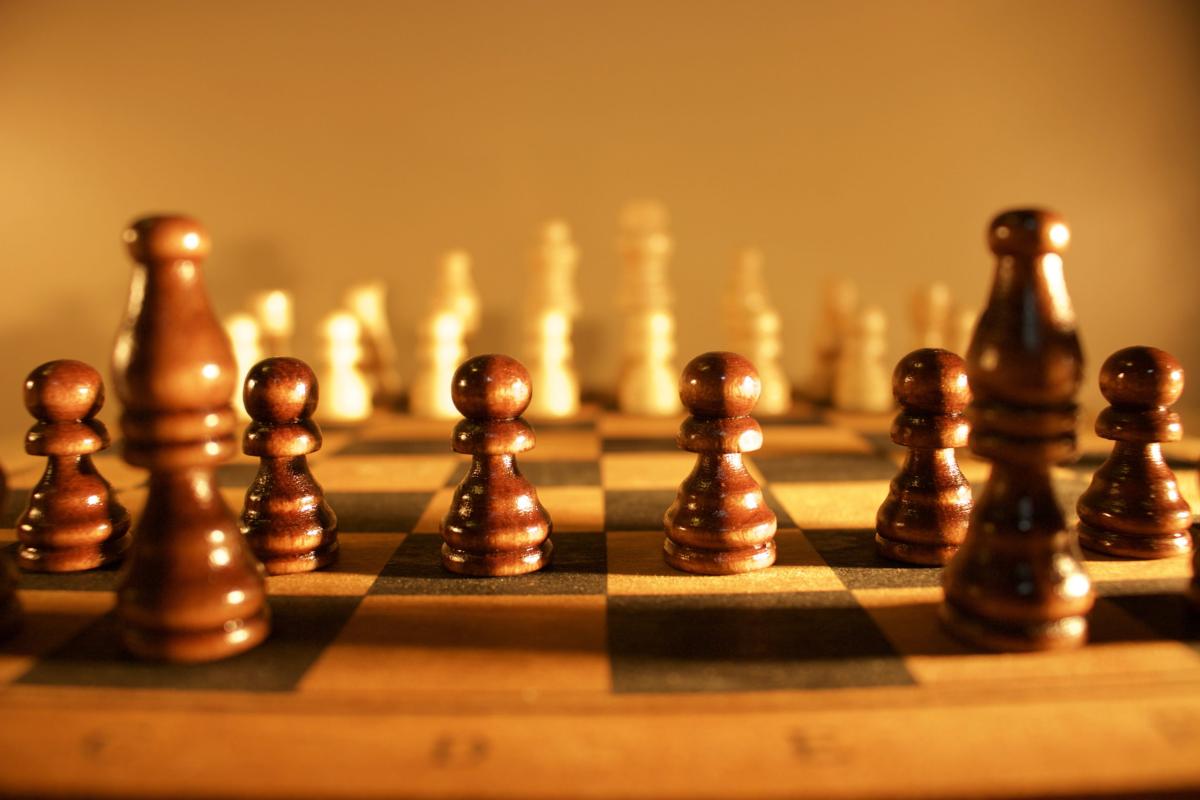


Published: Apr 30, 2023 11:29 am